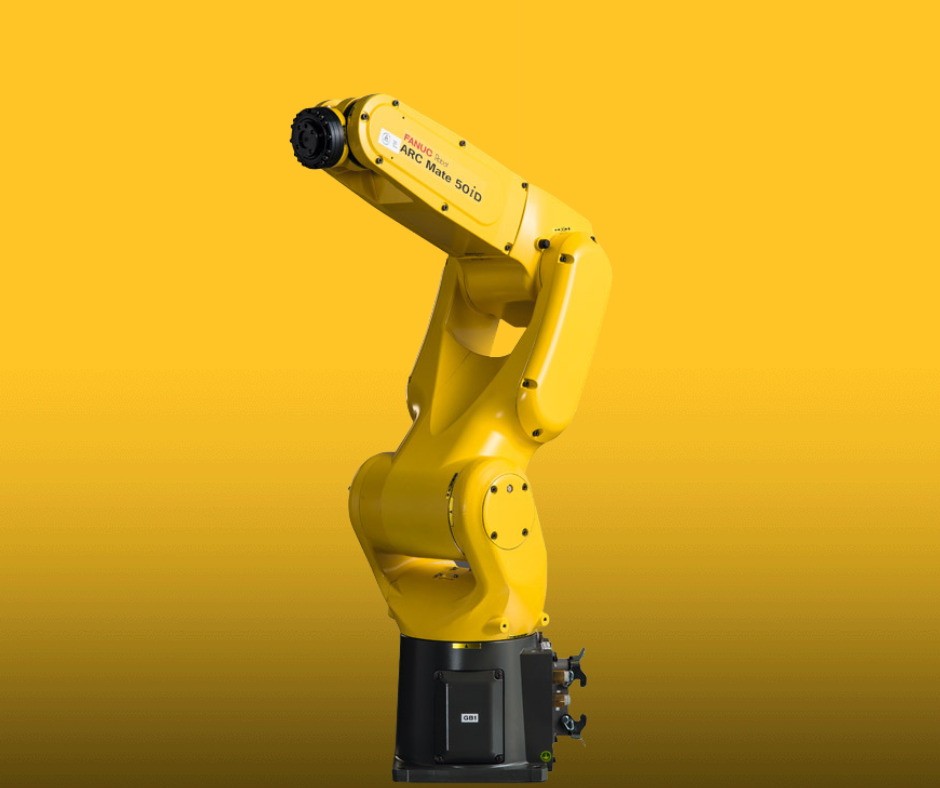Industrial automation is undergoing a radical transformation with the introduction of robotic arms. This has reshaped the world of production and manufacturing. Thanks to the advancement of technology, robotic arms, often called Arm robot industrial, have become indispensable instruments, delivering unmatched accuracy efficiency, safety, and efficiency across a myriad of industries. This article focuses on the capabilities of robotic arms. They also discuss their role in the current business world and the evolution of industrial automation.
Robot arms are mechanical machines, which can mimic the human arm’s functions. They have a higher degree of endurance and precision. These automated solutions are extremely useful in industries such as electronics assembly, automotive manufacturing pharmaceuticals, and more, owing to their ability to perform intricate, repetitive tasks with unparalleled accuracy. Robotic arms are programmable, allowing for seamless integration in diverse manufacturing settings. They offer a dynamic range and adaptability to the changing demands of operations.
The robotic arm companies are the cornerstones of the modern age of automation. They are a sophisticated kinematic of movable joint, capable of turning or performing linear displacements. The robotic arm can traverse complicated spatial configurations, move objects with incredible precision, and ensure the safety of human operators. In the end, many industries have adopted robotic arms as indispensable assets, streamlining production processes and increasing efficiency at unimaginable levels.

Robotic arms are defined by the use of end-effectors. They are the equivalent of the human hand. The end effectors, usually designed to accomplish specific tasks, define the scope of applications for robotic arms. Robot arms equipped with end effectors specialized for specific tasks can perform a range of jobs. From lifting and gripping large objects to meticulously assembling intricate parts robot arms equipped with specially designed hands can execute a range of tasks with unparalleled accuracy and dependability.
In the context of industrial automation, robotic arms have brought into a new period of productivity and innovation. By harnessing the capabilities of robots, businesses can improve the manufacturing process, reduce errors made by humans, and improve overall product quality. The seamless coordination between robots and automated systems has led to significant advancements in operational efficiency, allowing companies to meet the demands of their customers with unmatched speed and precision.
The transformational impact of robot arms isn’t limited to automation. It also encompasses fundamentally changing the definition of industrial processes. Industrial robotic arms have not just optimized existing manufacturing workflows but have also paved the way for the creation of completely new production methods. Robotic arms can operate in hazardous and challenging conditions. This has improved workplace safety, while also opening up new possibilities for manufacturing processes that are complex.
Additionally, robotic arm technology is developing to produce innovative end-effects that address industry-specific needs. These advanced end effectors, equipped with cutting-edge sensory and gripping capabilities, have widened the range of applications available to robotic arms, enabling businesses to tackle diverse manufacturing challenges with unparalleled adaptability and precision.
Businesses in Australia have a chance to improve their competitiveness and operational capabilities by embracing the potential of automation using robotic arms. The integration of robotic arms into industrial workflows is poised to sustain growth, enhance overall productivity, and revolutionize the landscape of manufacturing. With a focus in high-end engineering and efficiency, robotic arms are poised to unlock new possibilities in industrial automation. Businesses will be able to achieve unprecedented levels of efficiency and operational efficiency.
Conclusion: The integration of industrial robotic arms, also known as robotic arms represents a major technological advancement in the field of automation in the industrial sector. Because of their accuracy, adaptability, and security capabilities, robotic arms have redefined what is feasible in modern manufacturing. This has provided businesses with a strategic edge in a growingly competitive marketplace. Australia is taking advantage of the transformative power of technology for robotic arms. Businesses will benefit from improved productivity, operational efficiency, and innovation.



